Boom Cylinder For Xiniu XN63180
As one of the hydraulic cylinders manufacturers, suppliers, and exporters of mechanical products, We offer hydraulic cylinders and many other products.
Please get in touch with us for details.
Mail:sales@hydraulic-cylinders.net
Manufacturer supplier exporter of hydraulic cylinders.
Boom Cylinder For Xiniu XN63180
Product Overview
The Boom Cylinder for Xiniu XN63180 is a specialized hydraulic cylinder designed to control the movement of various heavy machinery buckets, such as excavators, backhoe loaders, and front loaders. This hydraulic cylinder enables the bucket to lift, lower, and tilt, facilitating efficient material handling tasks. The bucket cylinder plays a crucial role in hydraulic systems, providing the necessary force and motion to perform demanding work in construction and agricultural applications. Its design ensures optimal performance and reliability, making it an essential component for operators in various industries.
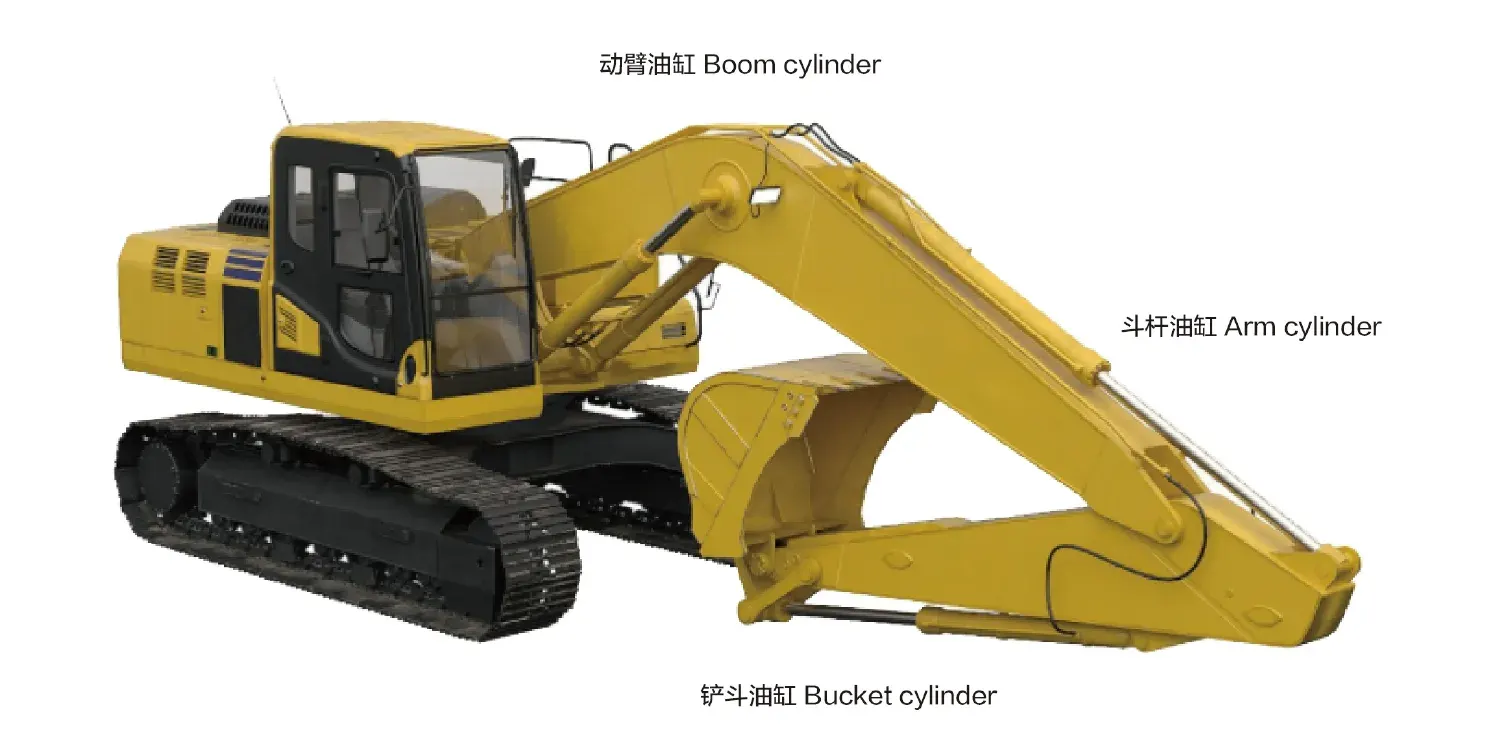
Features of the Boom Cylinder
- High Strength and Durability: Typically made from high-strength steel or aluminum, this cylinder can withstand high pressures and heavy loads, suitable for harsh working environments. Its design incorporates wear resistance and corrosion resistance, extending its lifespan.
- Efficient Hydraulic Operation: Utilizing the pressure of hydraulic oil allows for smooth extension and retraction, quickly responding to control commands while providing strong push and pull forces, ideal for handling heavy objects and complex tasks.
- Diverse Types: Available in configurations such as single-acting (using hydraulic force in one direction) or double-acting (using hydraulic force in both directions), with some models being telescopic to allow greater extension without increasing external dimensions, suitable for confined spaces.
- Custom Production Capabilities: Our facility can manufacture this product, perfectly replacing existing hydraulic cylinders with tailored solutions that meet specific requirements.
- Wide Application Range: Designed for various industries, these cylinders can be adapted to different types of machinery and applications.
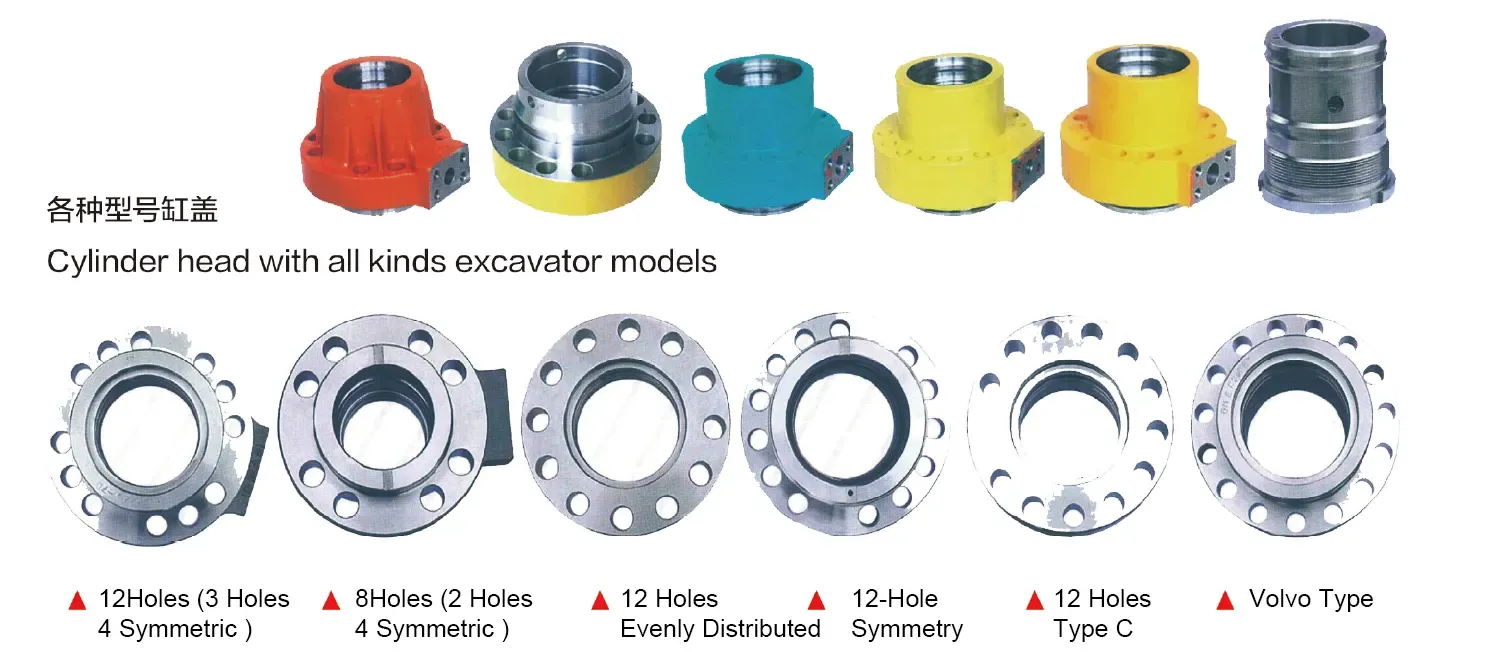
Application Scenarios
Construction Equipment
In excavators, boom cylinders are vital for digging, loading, and moving dirt or debris. They facilitate the digging action by allowing the bucket to penetrate the soil, making excavation tasks more efficient. In backhoe loaders, the bucket cylinder not only aids in digging but also assists in lifting materials, significantly enhancing productivity on construction sites.
Agricultural Machinery
For front loaders, boom cylinders are instrumental in scooping, lifting, and transporting soil, hay, and other materials. Their ability to handle varying loads allows farmers to increase efficiency in their operations, ensuring timely completion of tasks ranging from field preparation to harvesting.
Excavators
In excavators, the boom cylinder enables the bucket to penetrate the ground effectively, facilitating digging operations. This capability is crucial for various tasks, including trenching and site preparation, where precision and power are required to accomplish complex digging tasks.
Loaders
In front loaders, boom cylinders play a crucial role in lifting and dumping materials efficiently. Their hydraulic capabilities allow operators to easily manage heavy loads, enhancing the overall performance of the loader in various material handling situations.
Design Considerations and Selection Criteria
- Load Capacity: Selecting a hydraulic cylinder with appropriate load capacity is essential to ensure it can handle the expected weight without compromising safety or performance. This involves understanding the application’s specific demands and choosing a cylinder that can reliably support them.
- Sealing Solutions: Effective sealing is critical for maintaining hydraulic integrity. High-quality seals prevent leakage, which can compromise system efficiency. It’s vital to choose seals made from materials like polyurethane or Nitrile rubber, which provide long-lasting performance under varying pressures and temperatures.
- Durability: The materials and construction of the cylinder must withstand the harsh conditions often found in construction and agricultural environments. This includes resistance to wear and corrosion, ensuring that the cylinder remains operational over extended periods.
- Safety Features: Safety is paramount in hydraulic systems. Cylinders should be designed with features that prevent overloading and ensure safe operation under all conditions. This includes incorporating safety valves and burst protection mechanisms to mitigate risks.
- Maintenance Accessibility: Design should also consider ease of maintenance. Features that allow for quick inspections, routine lubrication, and replacement of worn components can significantly reduce downtime and extend the service life of the cylinder.

Sealing and Lubrication
Effective sealing is vital in hydraulic cylinders to ensure optimal performance and reliability. Various sealing elements, such as piston seals and rod seals, are utilized to maintain pressure and prevent fluid leakage. Seals made from durable materials like polyurethane and Nitrile rubber are selected for their wear resistance, ensuring longevity under high-pressure conditions.
The cylinder body and threaded ends are meticulously machined to enhance durability and wear resistance. Regular lubrication with hydraulic oil is essential to minimize friction and wear on moving parts, prolonging the life of the cylinder.
Regular Inspection and Preventive Maintenance
- Visual Inspections: Regularly inspect the cylinder for signs of wear, leaks, or damage. Early detection of issues can prevent more severe problems and ensure continuous operation.
- Lubrication Checks: Ensure that hydraulic oil levels are adequate and that lubrication points are serviced regularly. Lack of lubrication can lead to increased wear and eventual failure of the cylinder.
- Seal Replacement: Monitor the condition of seals and replace them as needed to prevent leaks and maintain hydraulic efficiency. Regular replacement can save costs associated with potential repairs and downtime.
Correct Installation Guidelines
Proper installation of hydraulic cylinders is crucial for ensuring longevity and performance. Begin by carefully aligning the cylinder with the mounting points to avoid misalignment, which can lead to premature wear. Utilize appropriate mounting brackets to secure the cylinder firmly in place.
Check that all hydraulic connections are tight and free of leaks before operating the machinery. Following the manufacturer’s specifications for installation procedures will help maintain the integrity of the hydraulic system.
Ensure that the cylinder operates within its specified ranges of pressure and load to prevent overloading, which can lead to catastrophic failures. After installation, perform a function test to confirm proper operation.
Common Maintenance Tasks
- Regular Inspections: Conduct routine inspections to identify potential issues early. This includes checking for leaks, cracks, or any signs of wear.
- Proper Lubrication: Regularly apply hydraulic oil to moving parts to reduce friction and wear. This is crucial for the longevity of the cylinder.
- Seal Replacement: Evaluate seals regularly and replace them timely to prevent leaks. Proper seal maintenance is vital for maintaining hydraulic pressure.
Proper installation involves ensuring correct alignment of the cylinder, as misalignment can lead to excessive wear and premature failure. Use appropriate mounting supports to stabilize the cylinder. Regular checks for wear can help prevent breakdowns, while timely repairs and replacements of damaged parts can enhance the durability and performance of the hydraulic system.
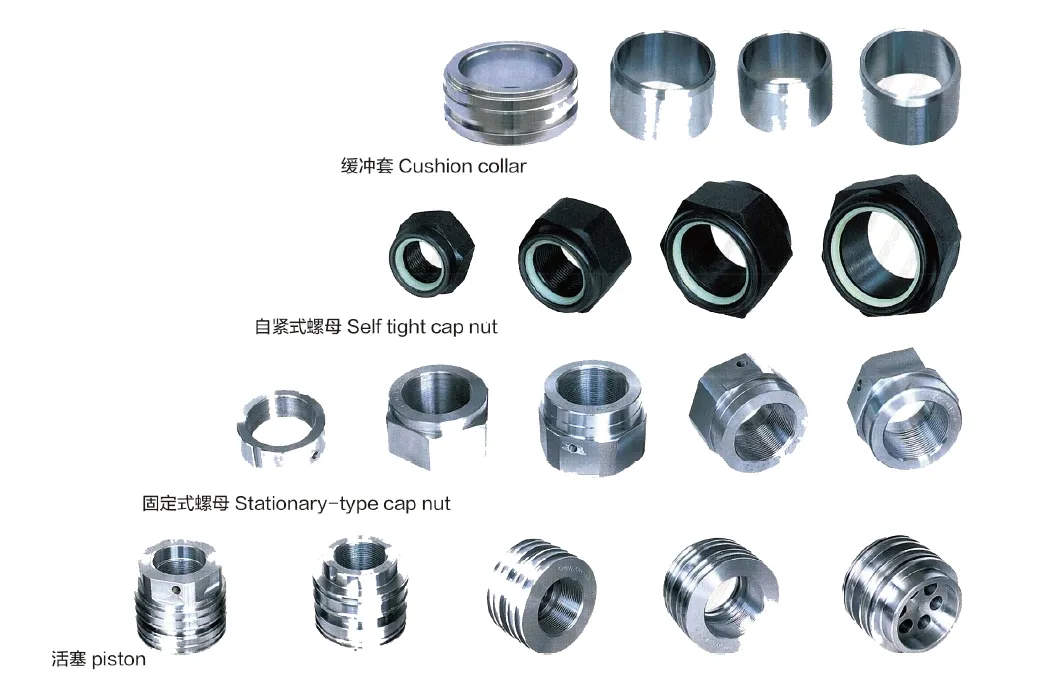
Safety Considerations and Environmental Factors
When utilizing hydraulic cylinders, adhering to safety measures is paramount. Operators should be trained in safe handling practices and understand potential hazards associated with hydraulic systems. Regular safety audits can help identify risks and implement necessary precautions to ensure a safe working environment.
Troubleshooting and Common Issues
- Leakage: Hydraulic fluid leaks can indicate seal failure or improper connections. Regularly inspect seals and connections to prevent fluid loss.
- Inconsistent Operation: If the cylinder operates erratically, it may be due to air in the hydraulic system or insufficient hydraulic fluid. Bleed the system and check fluid levels regularly.
- Overheating: An overheating cylinder can signify excessive load or insufficient lubrication. Monitor operating conditions and ensure proper lubrication to mitigate this issue.
Troubleshooting Tips
To effectively diagnose and resolve issues, operators should follow a systematic approach. Start by identifying symptoms, such as leaks or erratic movements. Then, check for potential causes, including worn seals, air in the system, or insufficient lubrication. Implement preventive measures, such as regular maintenance and inspections, to minimize the risk of recurring problems.
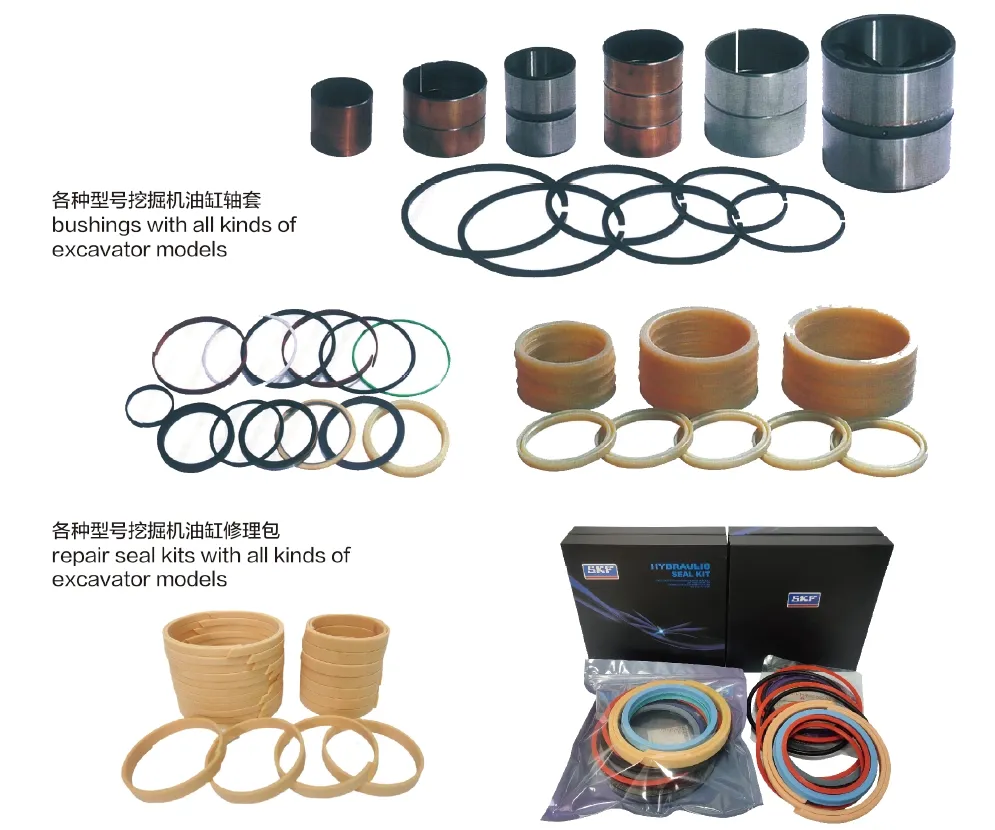
Company Overview
We are a leading manufacturer of replacement hydraulic cylinders, with a diverse range of products that have established us as one of the top wholesalers in the domestic and international markets. Committed to excellent quality, we utilize a refined manufacturing management strategy, leveraging technical talent, advanced digital manufacturing equipment, and a comprehensive testing system to enhance our production capabilities. Our focus on high efficiency, precision, and quality enables us to meet the diverse needs of our customers.
Our expertise extends to specialized services, including custom solutions tailored to specific applications, ensuring that clients receive the optimal hydraulic cylinders for their requirements. We are proud to hold international certifications that attest to our commitment to quality and safety.
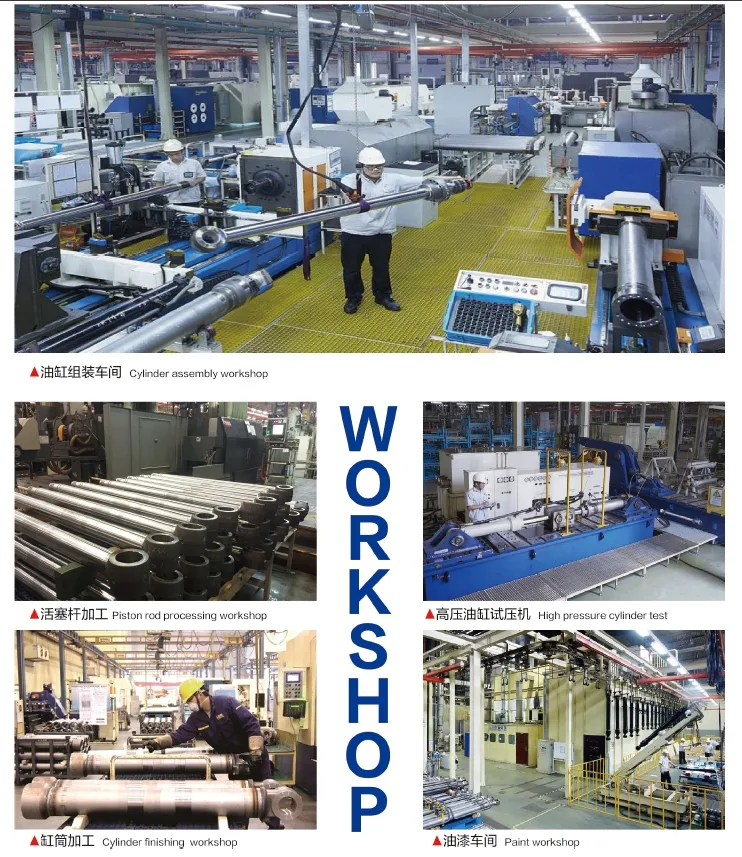
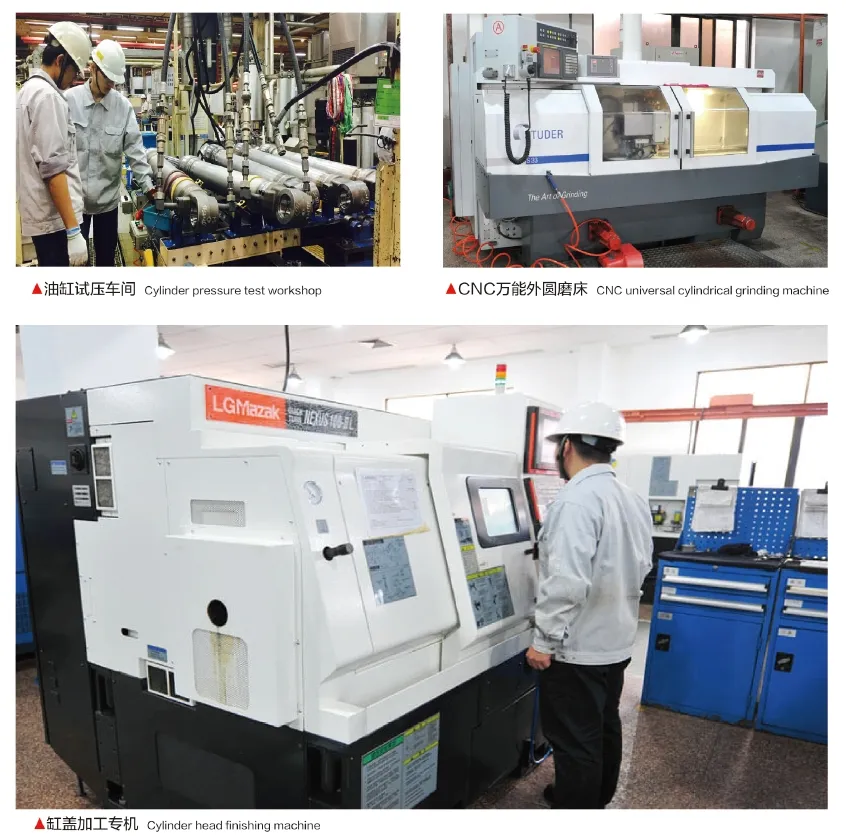
Author: lyl
Take a Tour of Our VR Factory:
Take a tour of our VR factory with the following
Hydraulic Cylinder Application:


